Helping All Students Get and Stay Organized: Teacher Tips & Differentiation Ideas
July 18, 2017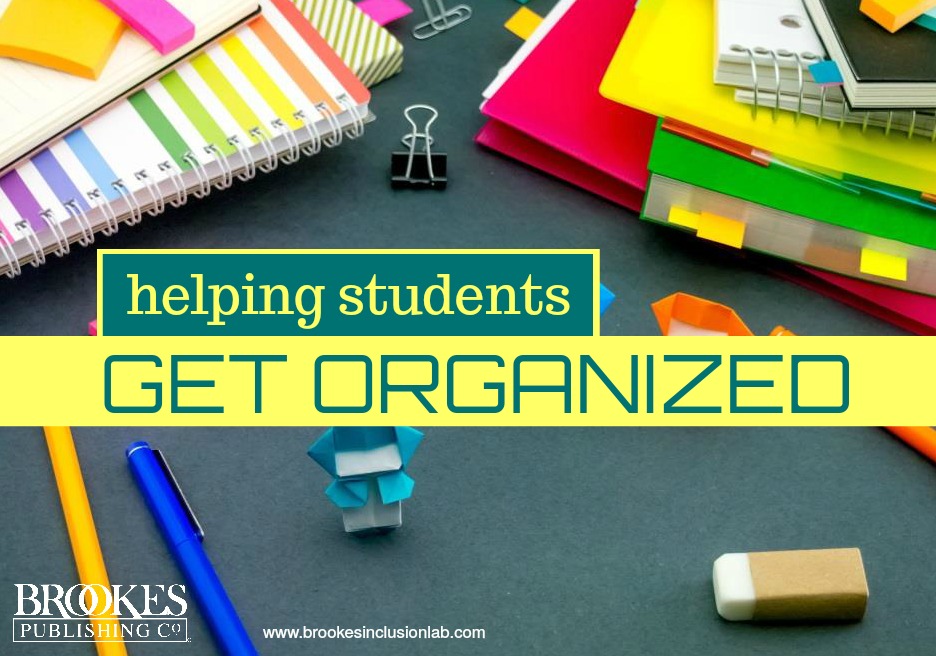
How can you help every student in your classroom improve the organizational skills they need to succeed? We’re here to give you some new tips and strategies to use in your classroom this school year. Let’s kick things off with some bright ideas from Amy and Kristyn, two teachers in inclusive elementary school classrooms. Excerpted and adapted from the book Modifying Schoolwork, this post offers some great, practical tips for helping all students get organized.
***
Third-grade teacher Amy and fourth-grade teacher Kristyn include students with a wide range of abilities and disabilities in their classrooms. To ensure that all students reach their full potential, these two dedicated, dynamic teachers start with universal strategies that support all students and then provide additional supports and adaptations for groups or individual students who need them.
Here are some examples of universal strategies Amy and Kristyn use to help students manage and organize their time, materials, behavior, and learning. Included are a few specific ways they differentiate for students who need more support.
- When students arrive in the morning, a morning message with the day’s agenda and reminders about the day’s special events or due dates is posted on the interactive whiteboard. Some students who need additional supports are given a printed copy to keep at their desk.
- Students use color-coded folders or notebooks for each subject: blue is for writing and language, yellow is for science, green is for social studies.
- All students are given a homework folder with the school name, mascot, school pledge, and contact information. The pocket on the left side is for materials that stay at home (e.g., school newsletter, returned assignments), and the pocket on the right side is for materials that return to school (e.g., tests that parents review and sign, permission forms).
- Each student has a “desk folder” in which work in progress is kept until it is turned in to the “finished work basket.”
- All students are provided with a weekly planner in which they record homework assignments, due dates, and special events. The teacher writes the day’s assignments on a large, laminated poster that looks like a page from the student’s planner, and each morning, students copy that information into their own planner. Most students complete their planner while sitting at their desks, though some move their chairs closer to the wall poster, and any students who need it are provided with a model page from which to copy at their desks. If more support is needed, a student’s planner might be partially completed by an adult or peer so that the student then fills in the blanks, and highlighters or markers might be used to call attention to certain activities–red for music day, green for physical education, etc.
- Each student has a note card taped to his or her desk with the CLASS acronym for getting organized for the day:
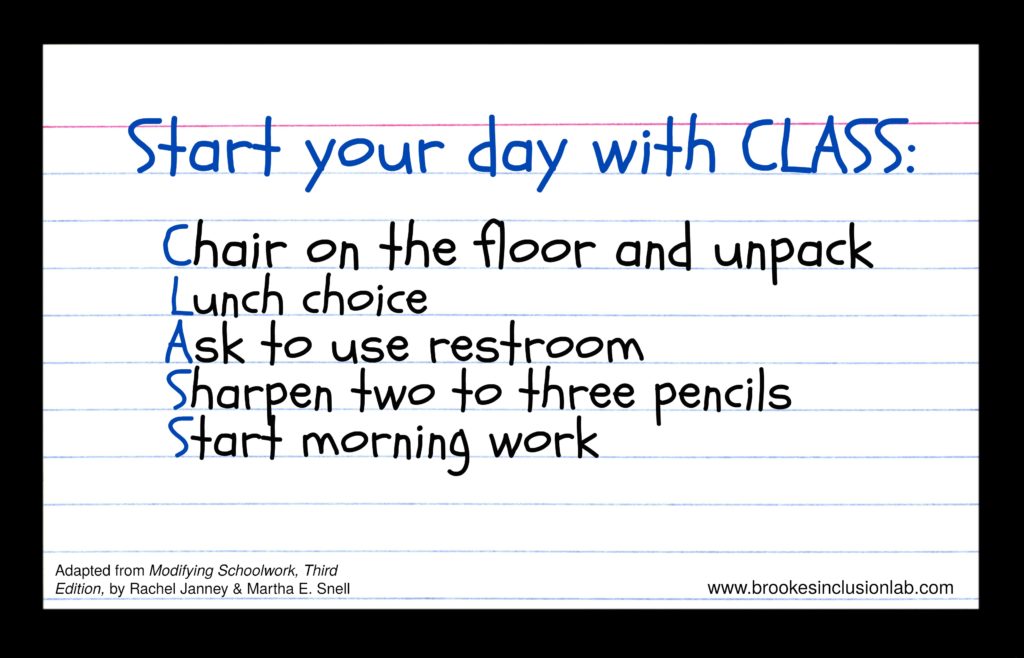
Individualized adaptations and supports might include providing a student with a larger version of the CLASS cue card, adding pictures or symbols, and/or having the student check off steps as they are completed.
- Steps of the writing process are listed on a large poster and also in each student’s writing notebook and the teacher’s model writing notebook.
- Students draw “maps” of the inside of their desks to help them keep their materials organized.
- Students are encouraged, in numerous ways, to make good choices about how they use their time. When they finish a task early, or when the entire class has independent work time, students can choose from the following options:
- Complete missing work and make corrections to earlier work
- Use a computer to take a quiz about a library book they have read
- Choose an activity from this week’s differentiated menu
These strategies and supports give all students a solid base to help them stay on task, make the most of their learning time, and keep their materials organized. But how does this school go about deciding when and how to differentiate for students who need more support? Amy stresses the importance of getting to know the student first:
“Even before I start planning, I want to get to know the student. At first, it’s not so much about their current ability level and where they are, it’s more who they are. Where are they socially and emotionally? What are their likes and dislikes?”
Amy recommends:
- talking with previous teachers
- reading the student’s files
- meeting with parents before school begins
- meeting the student ahead of time to start establishing a relationship
- doing small criterion-referenced or curriculum-based assessments to see where the student is
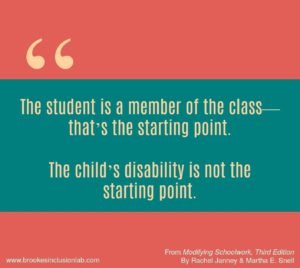 Ensuring membership in the classroom community is the next step, because membership is the foundation of successful inclusion: “It’s not about planning one lesson or one unit. It’s about overall ways to approach inclusion and meeting the child’s learning needs. I start with the premise that the student is a member of the class–that’s the starting point. The child’s disability is not the starting point. Once we’ve established that belonging, then we fiddle with the fit.”
Ensuring membership in the classroom community is the next step, because membership is the foundation of successful inclusion: “It’s not about planning one lesson or one unit. It’s about overall ways to approach inclusion and meeting the child’s learning needs. I start with the premise that the student is a member of the class–that’s the starting point. The child’s disability is not the starting point. Once we’ve established that belonging, then we fiddle with the fit.”
After getting to know a student with additional support needs and making sure he or she becomes a fully included member of the class, it’s all about determining the best supports for learning based on the student’s strengths, weaknesses, and goals. Amy says:
“I want to know their ability, and what their strengths and weaknesses are. Because they need time in both–they need time improving weaknesses and time building on strengths. For example, a struggling reader shouldn’t have to struggle with reading all day; I want to build in success and spend some time working with that child’s strengths. Or, if whole-class instruction is hard for the child, then I will build in more small groups, so they can have success with that environment.”
***
How do you help students organize their time and materials? Do you have a specific differentiation strategy that’s worked for you? Tell us in the comments below!
CHECK OUT THE BOOK
Modifying Schoolwork is filled with quick, practical, ready-to-use guidance on teaching all students–and making appropriate modifications for kids who need extra support in Grades K-12. Get a free excerpt of the book, see the reviews, and read the TOC.
EXPLORE THE BOOK NOW

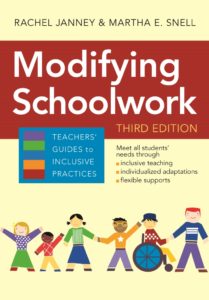

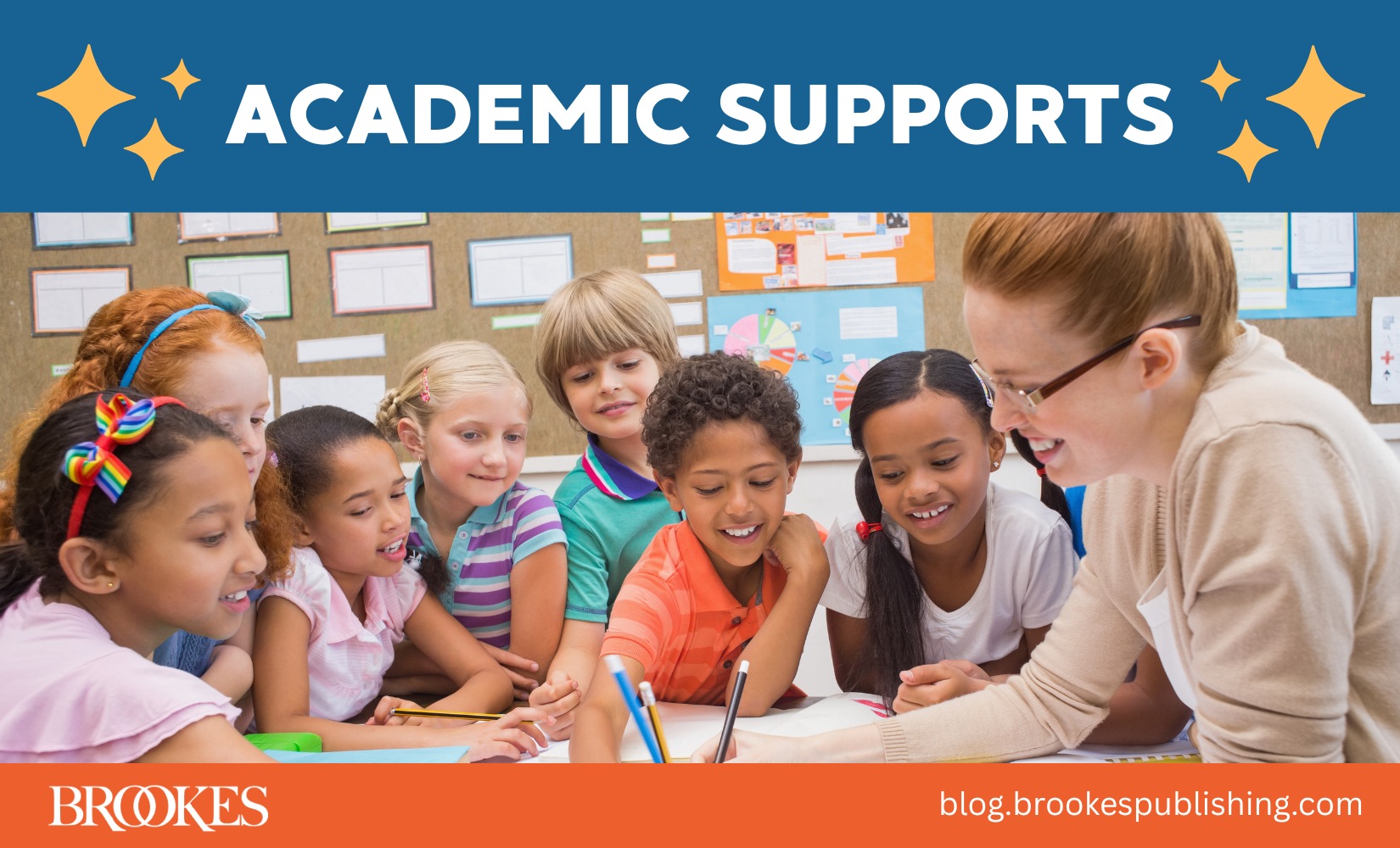
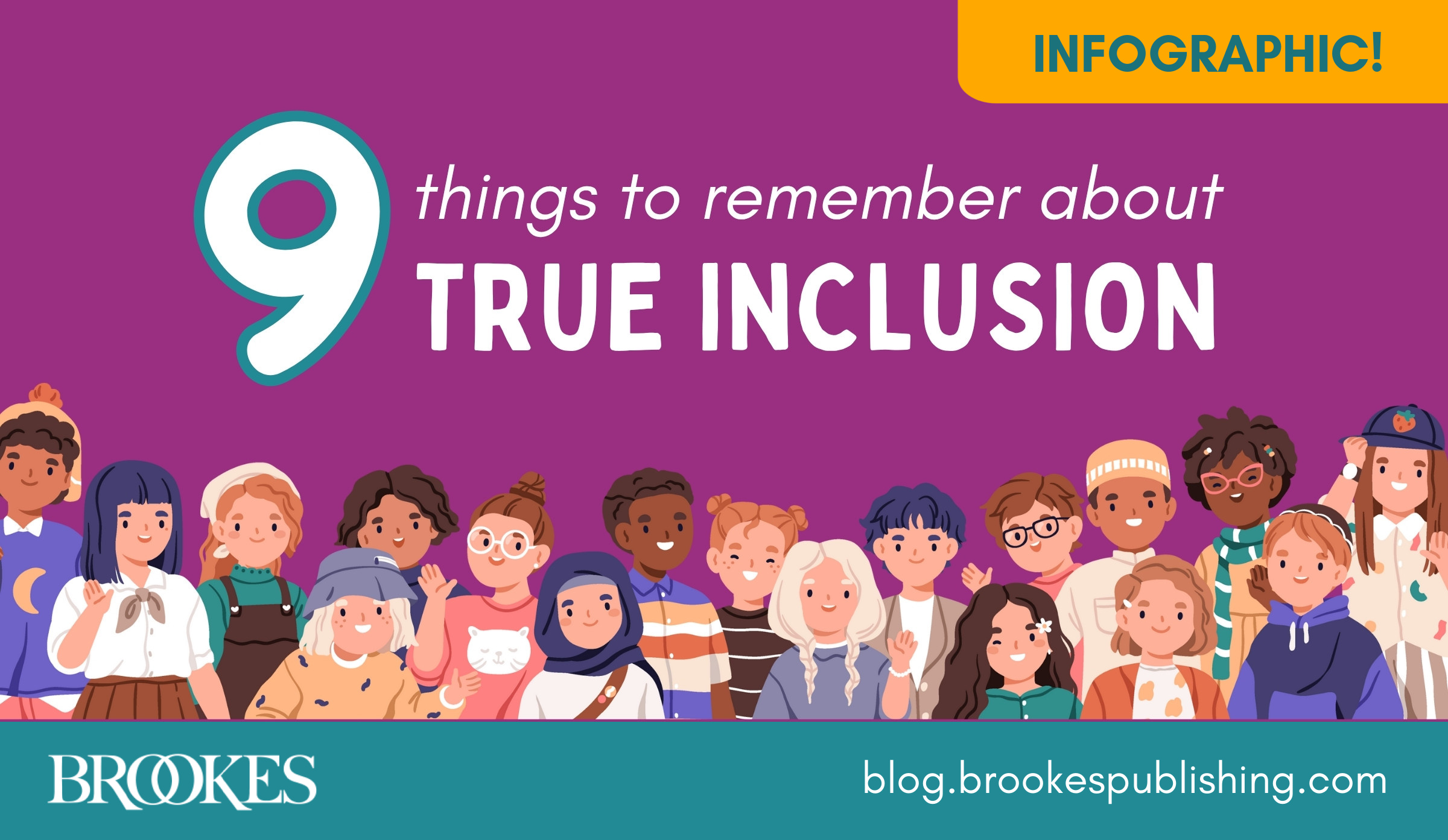
Write a Comment
Your email address will not be published. Required fields are marked *
Post a Comment